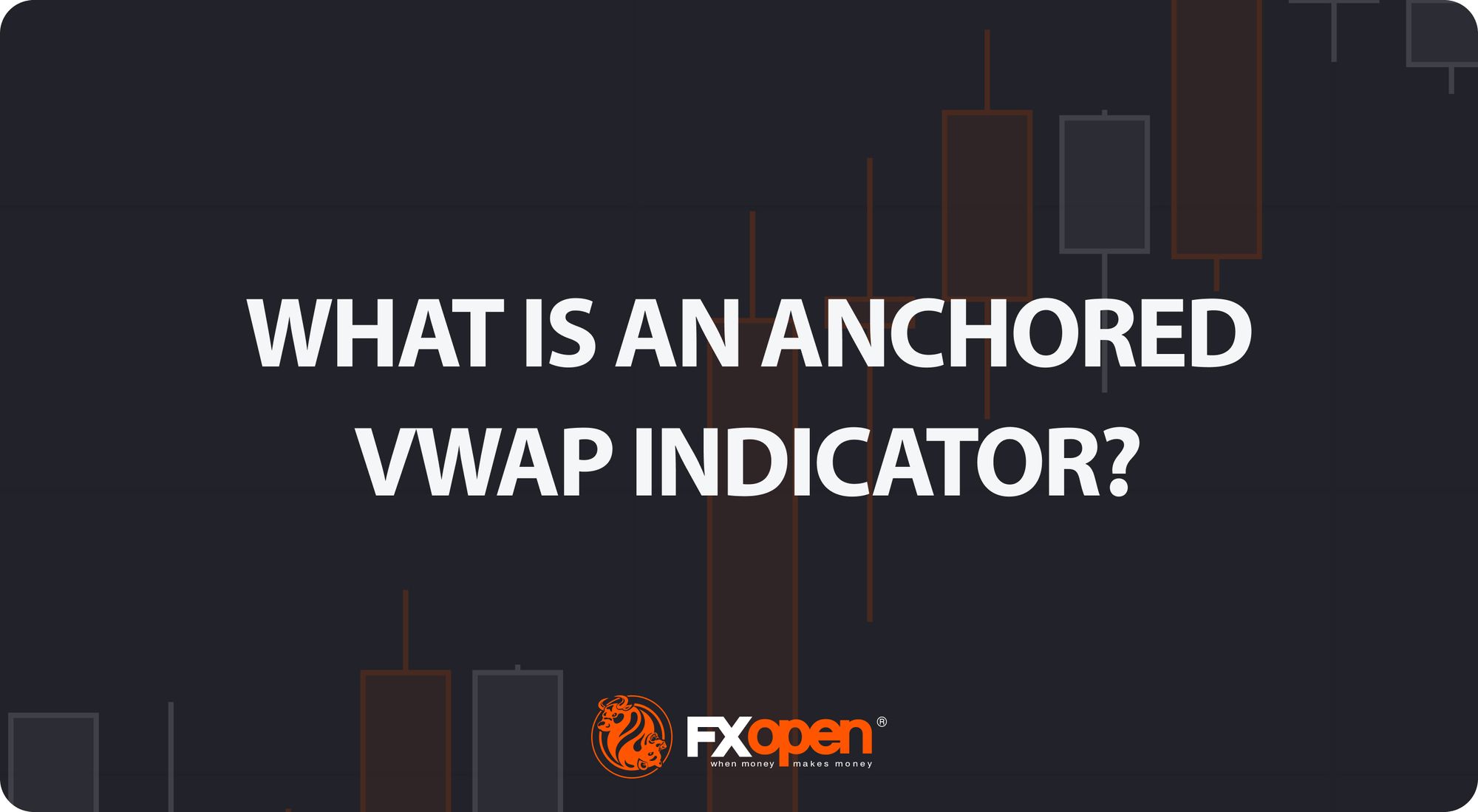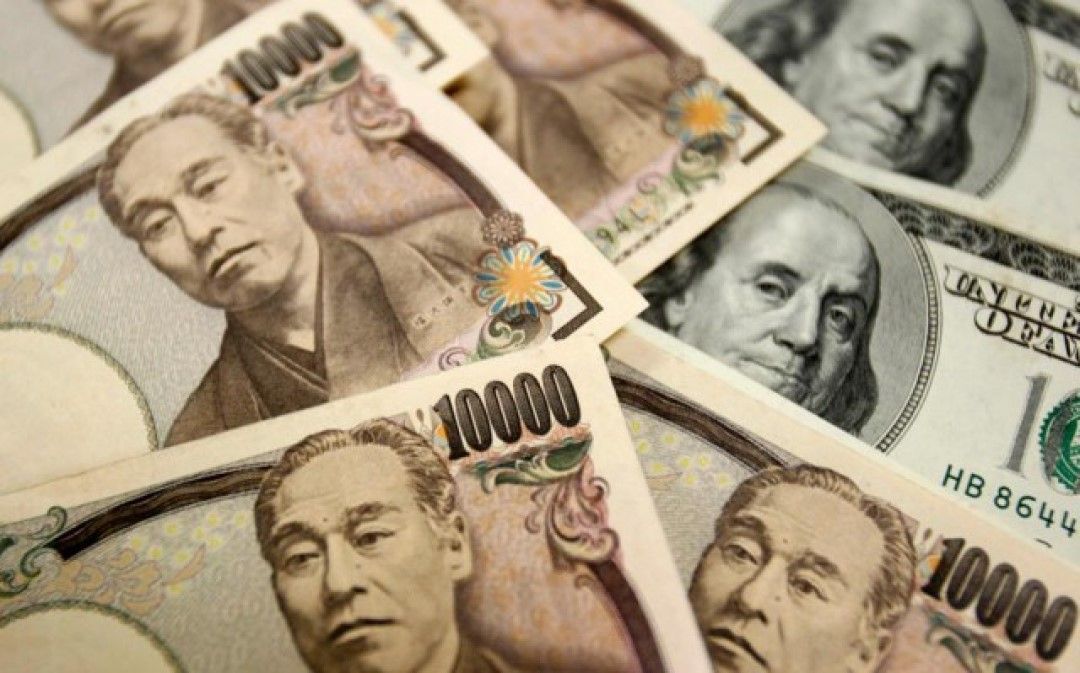FXOpen
The New Zealand Dollar (NZD) extended downside movement against the US Dollar (USD) on Wednesday, dragging the price of NZDUSD to less than 0.6380 following the release of some important economic reports. The technical bias has already turned bearish because of a Lower Low in the ongoing downside move.
Technical Analysis
As of this writing, the pair is being traded around 0.6373. A support may be noted around 0.6300, the psychological number ahead of 0.6235, the swing low of the last major downside move and then 0.6195, the swing low of 2015. A break and daily closing below the 0.6195 could incite renewed selling below the 0.6000 zone.
On the upside, the pair is expected to face a hurdle near 0.6427, the key horizontal resistance area ahead of 0.6500, the psychological number and then 0.6882, the swing high of the last major upside rally as demonstrated in our daily chart.
New Zealand CPI
New Zealand consumer prices rose at their slowest annual pace since 1999 in the December quarter as cheap petrol pushed inflation below the Reserve Bank’s expectations, and opens the door for more interest rate cuts this year. The consumers price index increased just 0.1 percent in 2015, its smallest reading since September 1999 when prices fell, according to Statistics New Zealand. That was short of the Reserve Bank’s expectation for a 0.4 percent rise, and extended its run below the bank’s target band of between 1 percent and 3 percent.
The CPI fell 0.5 percent in the three months ended Dec. 31, the biggest quarterly decline since December 2008, from an increase of 0.3 percent in September. Cheaper petrol drove both the quarterly and annual numbers, falling 7 percent in the final three months of 2015 for an annual drop of 8.1 percent.
Trade Idea
Considering the overall technical and fundamental outlook, buying the pair around current levels could be a good strategy if we get a valid bullish reversal candle on the daily chart
Trade over 50 forex markets 24 hours a day with FXOpen. Take advantage of low commissions, deep liquidity, and spreads from 0.0 pips. Open your FXOpen account now or learn more about trading forex with FXOpen.
This article represents the opinion of the Companies operating under the FXOpen brand only. It is not to be construed as an offer, solicitation, or recommendation with respect to products and services provided by the Companies operating under the FXOpen brand, nor is it to be considered financial advice.






